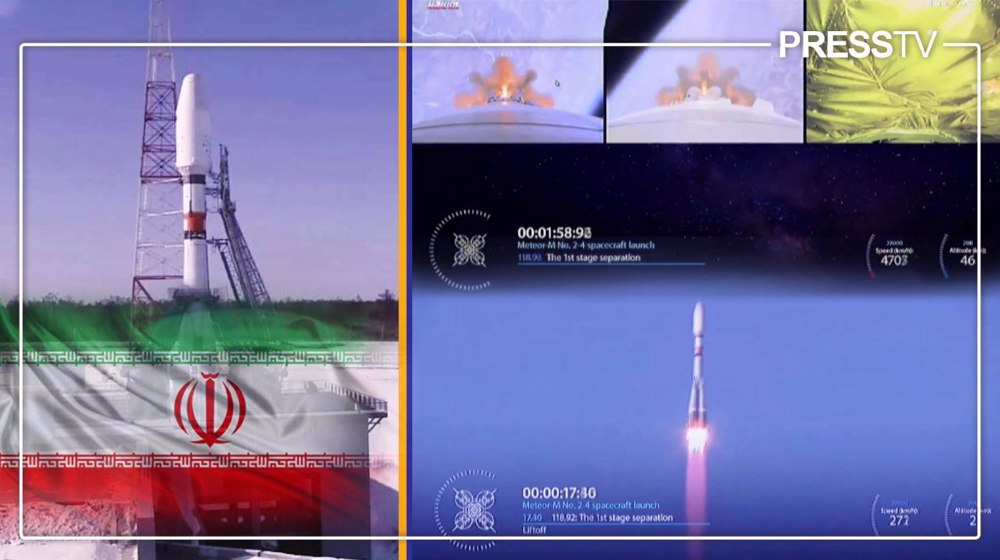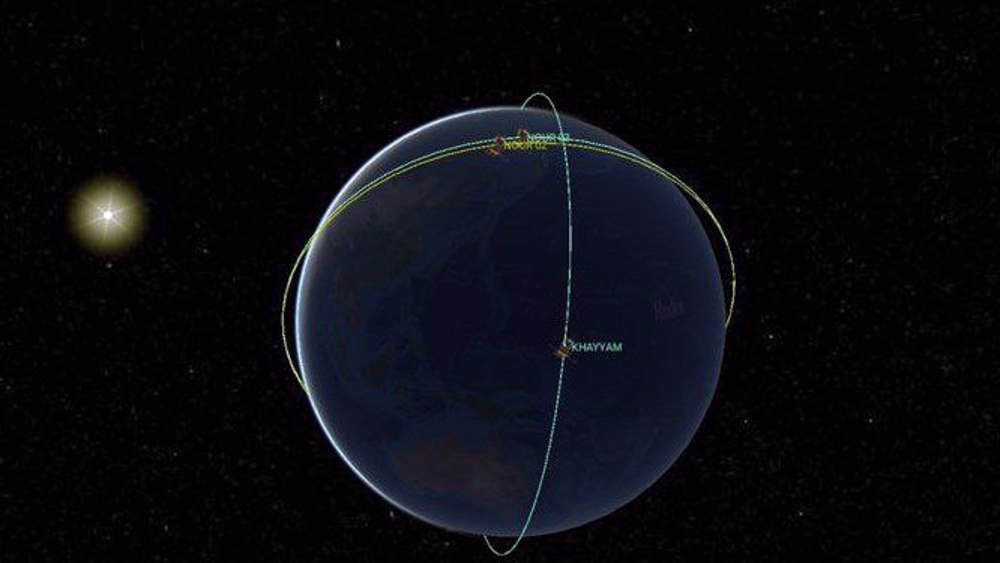When space heroes fell; the somber anniversary of NASA’s shuttle Challenger disaster
Despite being charming and majestic, space travel can kill when safety precautions are not followed to turn a promising expedition into a horrifying disaster. Thirty years ago, a glitch turned seven astronauts into ashes in front of family, friends, and millions of TV viewers when the space shuttle Challenger exploded in midair as nearly two million liters of fuel combusted in less than a second.

In the unusually chilly morning of January 28, 1986, everything looked fine to dispatch the space shuttle Challenger in its 10th mission from the Kennedy Space Center at Cape Canaveral, Florida, towards an Earth's orbit.
The Challenger, NASA’s second space shuttle to enter service, had made its maiden flight almost three years earlier, and on its 10th launch was considered to be the most-flown orbiter in NASA’s fleet.
The launch had been initially scheduled for January 22, but had been postponed due to bad weather and technical problems. January 23, 24, 25 and 27 were other launch dates, which were cancelled for the same reasons.
On the tragic Tuesday, however, the ill-fated shuttle, under public and government pressure for repeated delays and heedless of the received warnings about the freezing cold weather, started its liftoff while icicles had been hanging from all over the launch pad.
Aboard the shuttle orbiter were Commander Francis "Dick" Scobee, Pilot Mike Smith, Mission Specialists Judy Resnik, Ellison Onizuka, and Ron McNair, and Payload Specialist Greg Jarvis, along with social studies teacher Sharon "Christa" McAuliffe, who had joined the crew based on the Teacher in Space Project.

Uh oh! This was the last thing received by the Mission Control 73 seconds after the liftoff. The utterance by pilot Mike was vanished in a violent explosion at an altitude of 15 kilometers (9.32 miles) above the Atlantic Ocean.

The first of its kind, the horrible event shocked not only the United States but the whole world and halted NASA's shuttle space program for almost three years.
Later in the tragic day, then President Ronald Reagan called the incident “a national loss” yet described it as “part of the process of exploration and discovery.”
“The crew of the space shuttle Challenger honored us by the manner in which they lived their lives. We will never forget them, nor the last time we saw them, this morning, as they prepared for their journey and waved goodbye,” he said in his televised speech.
Meticulous analysis of the incident later revealed that two rubber O-rings, which had been designed to separate the sections of the rocket booster, failed at liftoff due to the cold weather and consequently led to the destruction of the entire spacecraft.
The Space Shuttle Challenger disaster was NASA's first public spacecraft failure. The second deadly incident occurred 17 years later with the loss of another seven crew members on February, 1, 2003, when Space Shuttle Columbia exploded on the way back home from the Earth's orbit.
Operation True Promise manifested interoperability of Iran’s Army, IRGC: Top general
UN demands end to Israel’s support for settler attacks on Palestinians
Trump returns to court in hush-money trial
VIDEO | Scientists train robot to walk on moon
Israel keeps ‘unlawful’ restrictions on Gaza aid in place, UN warns
Zionists will come to know Iran’s real response if they make a mistake: Raeisi
Ukraine running out of missiles to fight Russia: Zelensky
Iran says Israel prime source of tension in region











 This makes it easy to access the Press TV website
This makes it easy to access the Press TV website